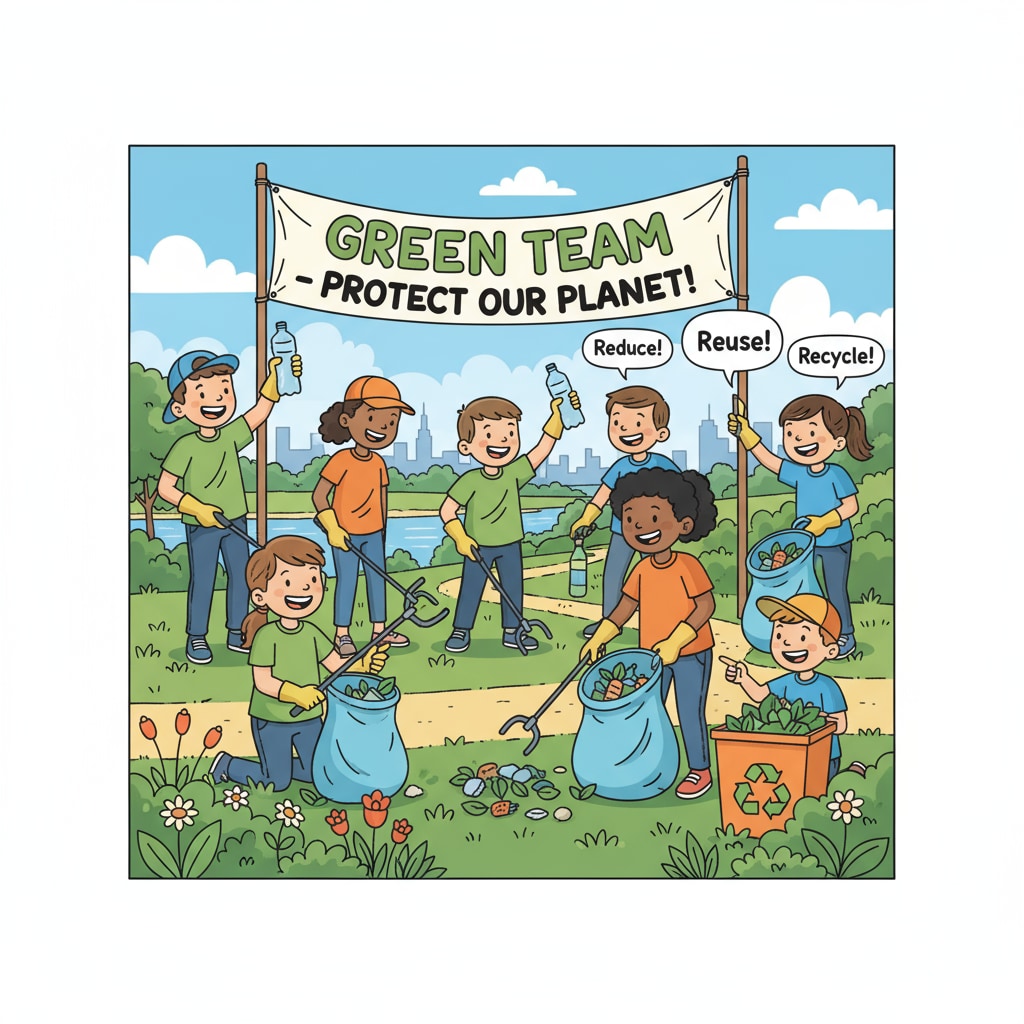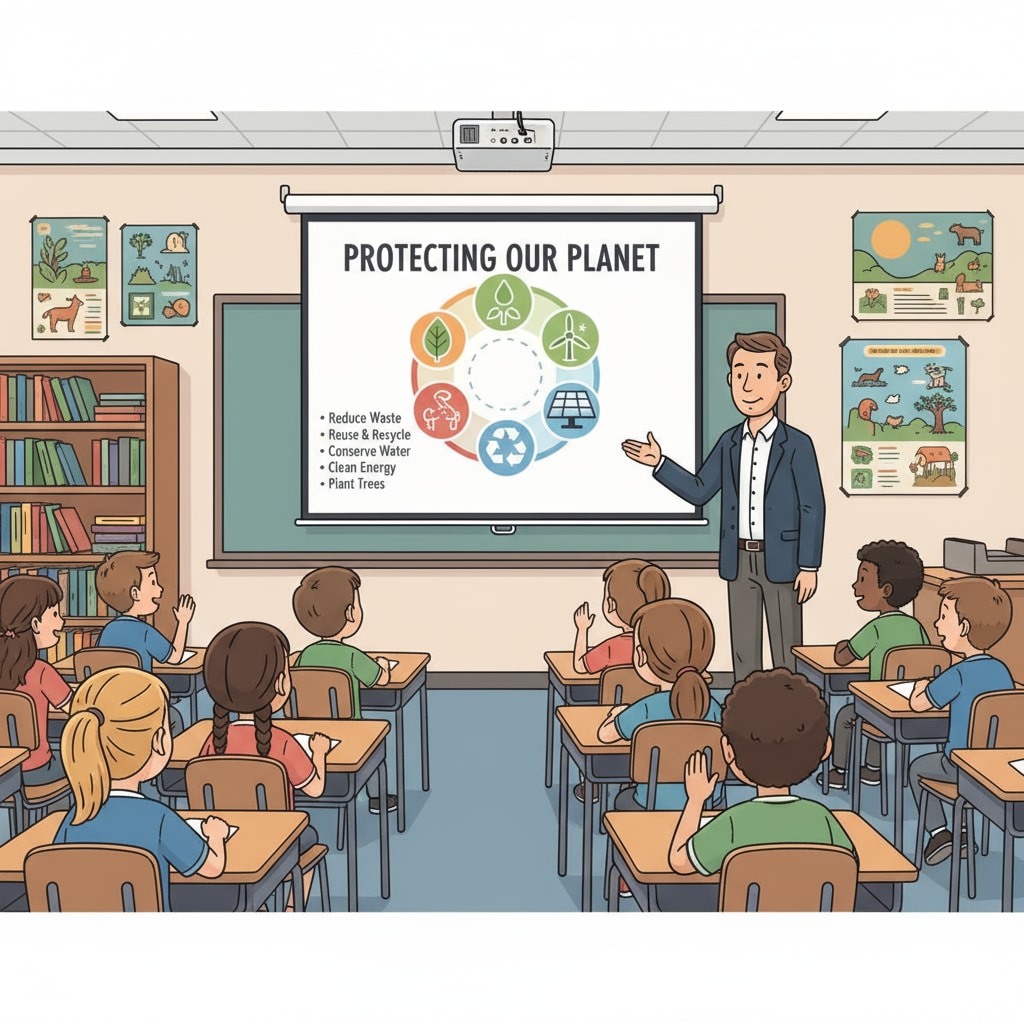Environmental protection education in K-12 schools is crucial in addressing the pressing environmental problems of our time. As the foundation for nurturing future stewards of the planet, K-12 environmental education plays a significant role in shaping the values and behaviors of young people.

The Current State of K-12 Environmental Education
Currently, K-12 environmental education varies across different regions and schools. Some educational institutions have integrated comprehensive environmental curricula into their teaching, covering topics such as climate change, biodiversity, and sustainable resource management. For example, in some progressive schools, students engage in hands-on projects like creating school gardens to learn about ecosystem dynamics. However, in many other areas, environmental education remains fragmented or insufficiently emphasized. According to UNEP’s report on environmental education in the US, a significant number of K-12 schools lack dedicated environmental education programs, which limits students’ understanding of complex environmental issues.

Challenges Faced in K-12 Environmental Education
One major challenge is the lack of teacher training in environmental education. Many educators may not have received in-depth training in environmental subjects, making it difficult for them to deliver high-quality lessons. In addition, limited teaching resources, including textbooks and multimedia materials, also hinder the effective implementation of environmental education. Moreover, the high-stakes testing environment in K-12 education often places more emphasis on traditional academic subjects, pushing environmental education to the sidelines. As a result, students may not have enough time and opportunities to engage deeply with environmental topics.
Opportunities for Advancing K-12 Environmental Education
Despite the challenges, there are numerous opportunities for promoting K-12 environmental education. The increasing awareness of environmental issues among the public has led to a growing demand for environmental literacy among young people. Schools can take advantage of this by collaborating with local environmental organizations. For instance, they can organize field trips to nature reserves or invite environmental experts to give lectures. Additionally, the digital age provides access to a wealth of online resources, such as interactive educational platforms and virtual reality experiences related to environmental protection. According to National Geographic’s education initiatives, these digital tools can enhance students’ learning experiences and make environmental education more engaging.
The potential social impact of K-12 environmental education is far-reaching. By instilling environmental values in young people, we can cultivate a generation of environmentally conscious citizens who will make more sustainable choices in their daily lives, careers, and as voters. These individuals will be more likely to advocate for environmental policies and drive positive social change at local, national, and global levels.
Readability guidance: The article uses short paragraphs to present information clearly. Lists can be further added under each section to summarize key points. The use of passive语态 is minimized, and transition words are included to enhance the flow of the text.


